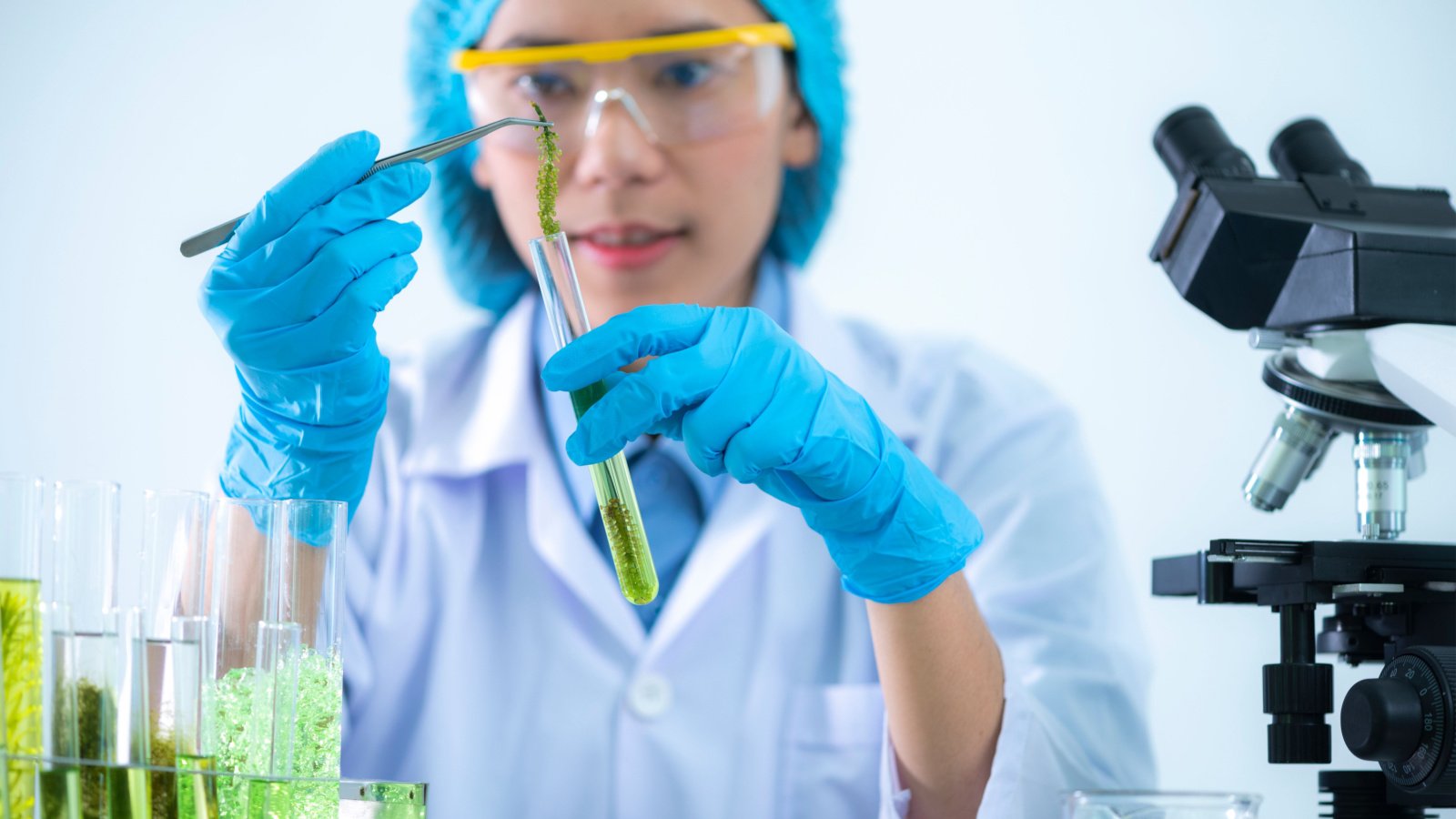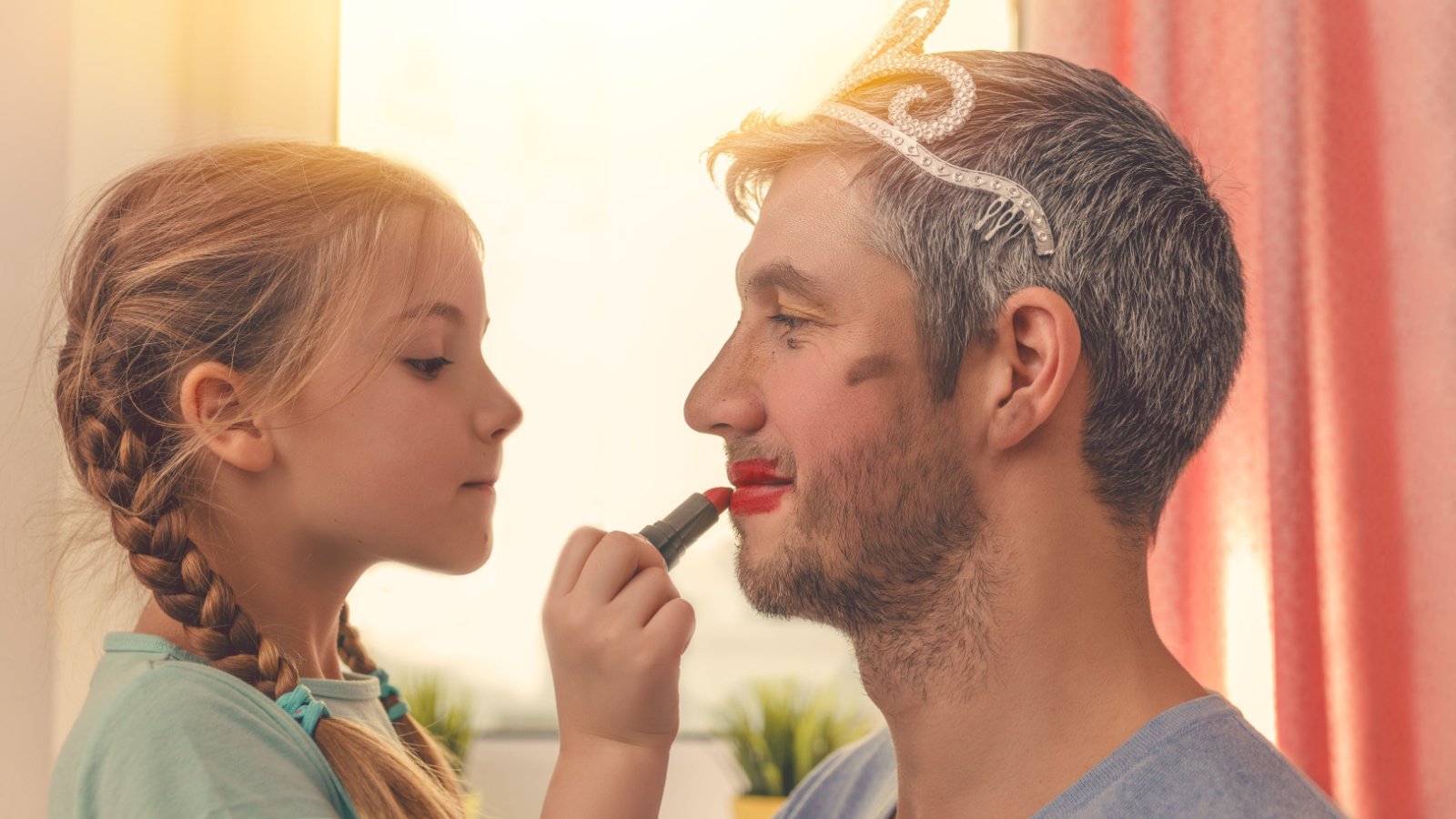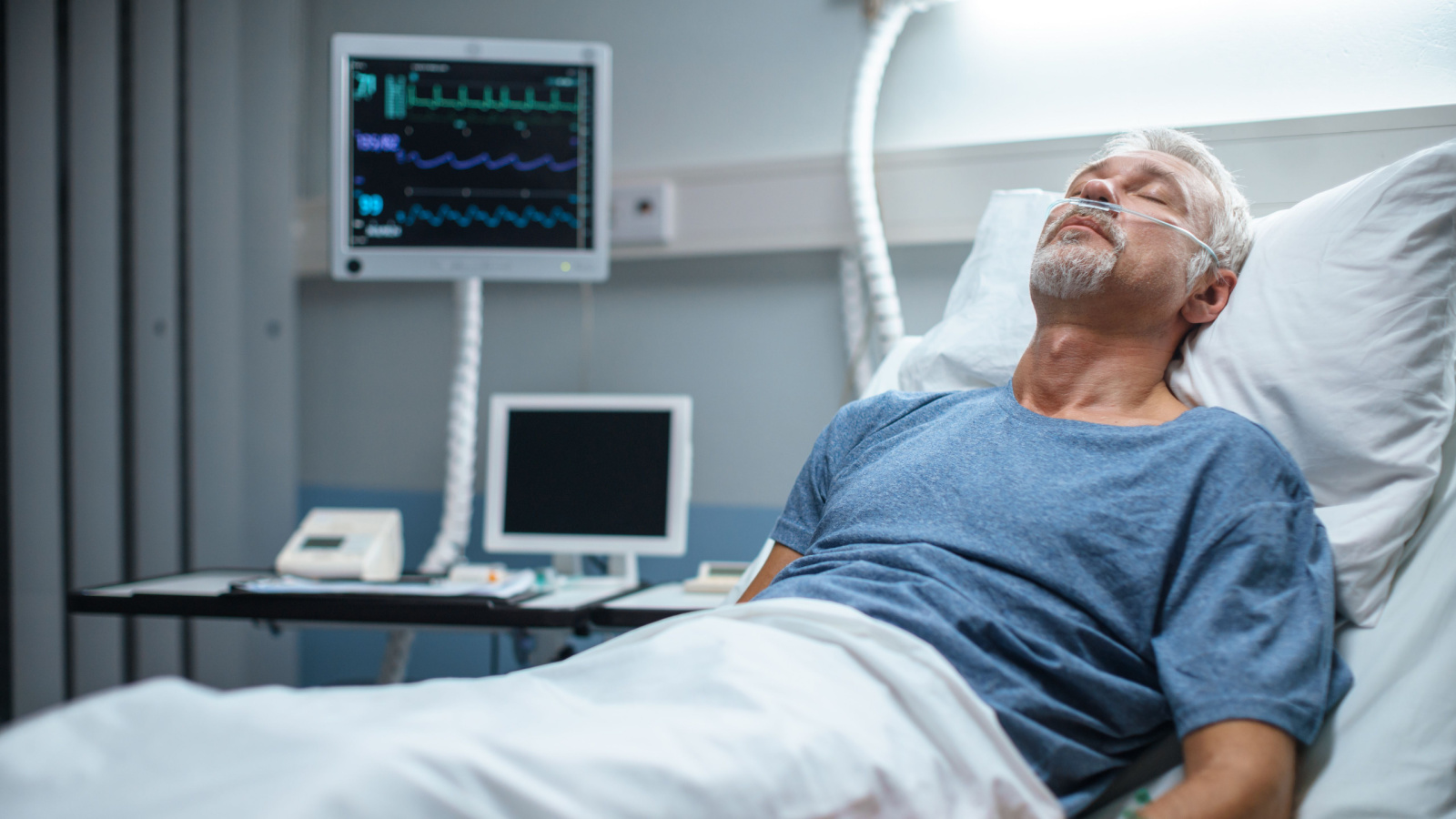Every day, myths and misconceptions shape our decisions and fears, often without a solid basis in reality. This article demystifies some of the most commonly misunderstood risks, revealing the truth behind things that are perceived as dangerous but aren’t. From the safety of microwave use to the real risks of flying, we explore a range of activities and items that are safer than you might think. By unpacking these misconceptions, we empower you to make more informed decisions and ease unnecessary worries.
Sharks

While sharks are often portrayed as formidable predators, the likelihood of experiencing a shark attack is extremely low. Statistically, you are more likely to be struck by lightning than to be bitten by a shark. Conservation efforts are important to protect these misunderstood creatures, which are crucial to marine ecosystems.
Flying

Flying is frequently cited as a fear, yet air travel is one of the safest modes of transportation available today. Thanks to stringent safety regulations and advanced technology, the odds of a plane crash are about 1 in 11 million. It’s far riskier to drive a car than to fly in a commercial aircraft.
MSG

Monosodium glutamate (MSG), a flavor enhancer in foods, has been blamed for various health issues, but scientific studies have found no definitive evidence linking MSG to those ailments. It has been used safely in cooking for decades, particularly in Asian cuisine. The FDA lists MSG as a food ingredient that’s “generally recognized as safe.”
Holding Your Breath

The fear that holding your breath could be harmful is largely unfounded. Your body naturally triggers a breathing response when it needs oxygen, making it nearly impossible to harm yourself this way. This natural reflex ensures that, even in a game of breath-holding, you’ll breathe before reaching a critical point.
Cracking Knuckles

Cracking knuckles has been said to lead to arthritis, but no evidence supports this claim. The sound you hear is just bubbles of gas bursting in the synovial fluid around your joints. Habitual knuckle-cracking hasn’t been shown to increase your risk of arthritis.
Nuclear Power

Despite high-profile accidents like Chornobyl and Fukushima, nuclear power remains one of the safest forms of energy production. Modern safety measures and technology significantly reduce the likelihood of accidents. Nuclear energy also contributes to reducing carbon emissions, playing a vital role in combating climate change.
Cell Phones Causing Cancer

Concerns about cell phones emitting radiation that could cause cancer have not been substantiated by scientific research. The type of radiation emitted by cell phones is non-ionizing and is not known to damage DNA. Studies continue, but the overwhelming consensus is that cell phones are safe in terms of cancer risk.
Eating Before Swimming

The old warning to wait an hour after eating before swimming to avoid cramps is more myth than reality. While it’s true that digestion redirects some blood flow away from muscles, this isn’t enough to increase the risk of drowning. Most people can swim without issue after eating.
Black Cats

Black cats are often considered a bad omen or associated with superstition, especially in Western cultures. However, they’re just regular cats and pose no more risk than any other cat. Many cultures celebrate black cats as symbols of good luck or prosperity.
GMOs

Genetically modified organisms (GMOs) in food are regarded with suspicion, but there’s substantial scientific consensus that they are safe to eat. GMOs undergo rigorous testing before they reach the market — often more so than conventional foods. They can increase crop yield and nutritional content, helping to address food security globally.
Artificial Sweeteners

Artificial sweeteners like aspartame and sucralose are often cited as unhealthy additives, but research confirms their safety for the general population. These sweeteners offer a low-calorie alternative to sugar, and numerous studies have validated their use. They can be a tool for weight management and controlling diabetes.
Living Near Power Lines

Living near power lines has been rumored to increase health risks, such as cancer, due to electromagnetic fields. However, extensive studies have shown no consistent link between these fields at levels typically found in residential areas and long-term health effects. Fears about living near power lines are largely unfounded.
Using Microwaves

Microwave ovens use radiation to heat food, but this shouldn’t alarm you. Microwaves produce non-ionizing radiation, which is not powerful enough to cause harmful chemical changes in food. They’re a safe, convenient tool for cooking and reheating food.
Being in Cold Weather

The common belief that cold weather can cause a cold is a misconception. Colds are caused by viruses, not temperature. While it’s true that cold weather can make you more susceptible to illness, simply being cold isn’t dangerous.
Drinking Coffee

Coffee consumption is often linked to health risks, but moderate coffee drinking can actually have health benefits. Studies show that coffee can reduce the risk of several diseases, including Parkinson’s disease, type 2 diabetes, and certain types of cancer. It’s important to enjoy it in moderation, as excessive caffeine can have negative effects.
Eating Chocolate

Chocolate, especially dark chocolate, is high in antioxidants and can be part of a healthy diet. Contrary to concerns about it being an unhealthy treat, moderate intake can support cardiovascular health. It’s all about balance and not overindulging.
Halloween Candy

The fear that Halloween candy is tampered with by strangers has been a long-standing urban myth. Instances of candy tampering are extremely rare and often overstated. Parents should check their children’s candy to be safe, but widespread fears are generally unfounded.
Picking Up Hitchhikers

While picking up hitchhikers is seen as risky, statistically, incidents of violence or crime from hitchhikers are exceedingly rare. It’s important to use common sense and personal judgment when deciding to help a stranger. Many people who hitchhike do so without malicious intent and are just looking for help.
Watching TV in the Dark

Watching TV in a dark room is often said to be bad for the eyes, but this is more of a myth. It can cause eye strain and discomfort, but these effects are temporary and not harmful. Adjusting the lighting in your room can enhance comfort without risking your health.
Skipping Breakfast

Skipping breakfast is not inherently dangerous, despite popular belief that it’s the most important meal of the day. What’s more critical is the total intake of nutrients throughout the day. If you’re not hungry in the morning, missing breakfast occasionally isn’t detrimental to your health.
Swallowing Gum

It’s commonly said that swallowed gum stays in your stomach for years, but this is a myth. Gum doesn’t digest, but it will pass through your digestive system within a few days, just like other indigestible substances. There’s no need to panic if you or your child swallows gum once in a while.







